This image shows drizzle falling from a stratocumulus cloud over the ocean.
Click on image for full size
Image Courtesy of Kimberly Comstock/University of Washington
Drizzle
Drizzle is light precipitation that is made up of liquid water drops that are smaller than rain drops. Drizzle can be so light that only a millimeter of accumulation is measured at the Earth's surface. It is produced by stratocumulus or stratus clouds.
The water drops that make up drizzle are small (their diameter is about the same as the thickness of human hair) and because of their small size much of the drizzle evaporates before falling to the ground. Drizzle lowers visibility so it is harder to see objects in the distance when it is drizzling than on a clear day.
Drizzle commonly occurs over the ocean, where it influences the coverage and structure of clouds and how much those clouds reflect sunlight away from the surface of the Earth.
You might also be interested in:
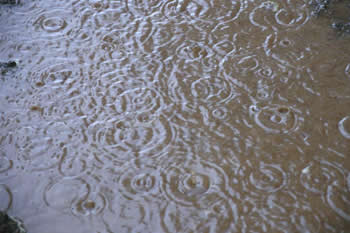
Rain is precipitation that falls to the Earth in drops of 5mm or greater in diameter according to the US National Weather Service. Virga is rain that evaporates before reaching the ground. Raindrops form
...more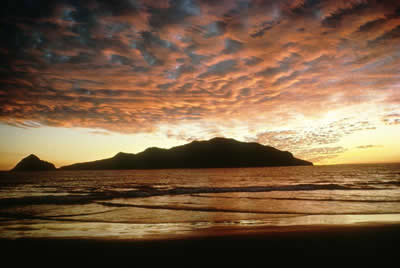
Stratocumulus (weather symbol - Sc) clouds consist of water droplets and belong to the Low Cloud (surface-2000m) group. These clouds are low, lumpy, and gray. These clouds can look like cells under a microscope
...more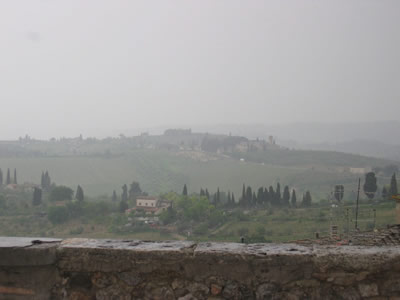
Stratus (weather symbol - St) clouds consist of water droplets and belong to the Low Cloud (surface-2000m up) group. They are uniform gray in color and can cover most or all of the sky. Stratus clouds
...more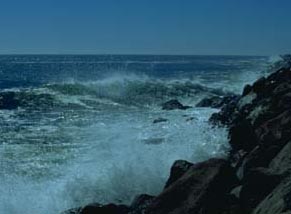
One process which transfers water from the ground back to the atmosphere is evaporation. Evaporation is when water passes from a liquid phase to a gas phase. Rates of evaporation of water depend on factors
...more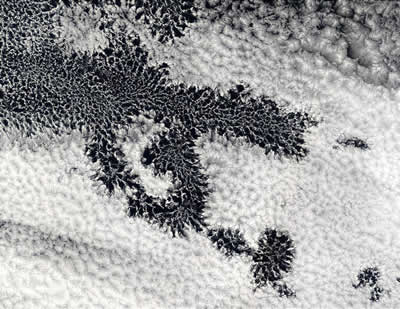
The Southeast Pacific region typically has extensive stratocumulus cloud cover over the ocean. These offshore clouds can contain clear areas in the clouds that scientists call "pockets of open cells,"
...more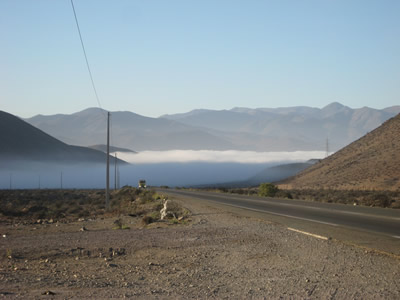
The weather in the Southeast Pacific region can be considered extreme, in the sense that it receives very little rainfall and is extremely dry. For example, some places in the Atacama Desert in Chile receive
...more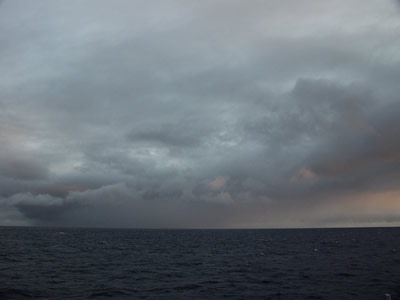
The cold sea surface temperatures and warm, dry air of the Southeast Pacific region create the perfect conditions for the formation of the low stratocumulus clouds that are found in this region. These
...more















